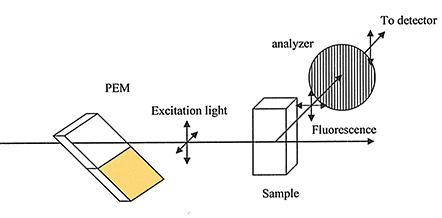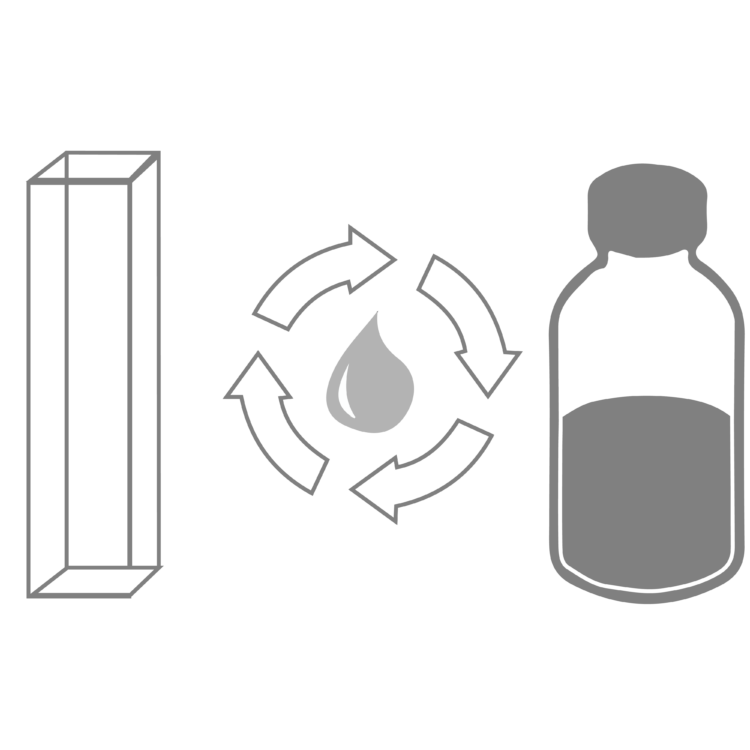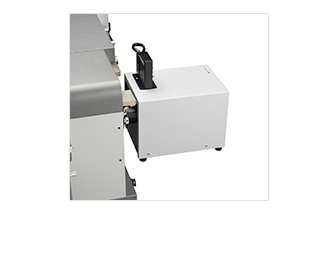
Intrinsic fluorescence spectra can be measured using the J-1500 or J-1700 Circular Dichroism spectrophotometers with the optional scanning emission monochromator (FMO-522) and emission detector (FDT-538). Alternatively, high-pass filters can be used to select specific excitation and emission wavelengths. The low-cost Total Fluorescence Accessory (TFA-555) is used to detect fluorescence changes during titration or thermal ramp experiments.

In addition, removing the filters allows the user to measure the sample’s 90° light scattering, simultaneously with CD and absorbance data collection.
- When used with the MPTC-513 temperature control accessory, CD and fluorescence data can be acquired either simultaneously or separately for up to six samples.
- Fluorescence scanning can be coupled with the titration and temperature control accessories.
Fluorescence-Detected Circular Dichroism
Fluorescence-detected circular dichroism (FDCD) is used to measure the difference in fluorescence emission when an optically active sample has been excited with circularly polarized light. This method takes advantage of the chiral specificities and the structural sensitivities of CD and fluorescence and is more specific than standard CD measurements.
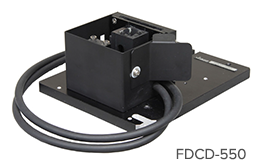
Since FDCD selectivity measures the circular dichroism of a specific fluorescent chromophore present in a group of non-fluorescent chiral molecules, it is particularly useful for the study of proteins that have multiple chromophores. FDCD can be measured using the standard CD detector when paired with the PTC-510, PTC-517 or MPTC-513 cell holder. When samples have no fluorescence anisotropy, this method is effective because the photo selection artifacts are small. However, when the sample has a larger fluorescence anisotropy, the photo selection artifact will distort the FDCD spectrum.
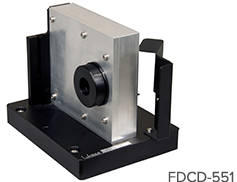
The FDCD-551 attachment is specifically designed to reduce or eliminate these artifacts while greatly enhancing sensitivity due to much more efficient light collection.
Fluorescence Polarization Anisotropy
Fluorescence anisotropy occurs when polarized light interacts with a fluorescent molecule and the resulting fluorescence emission has different intensities along different polarization axes. The J-1500 and J-1700 CD instruments use circularly polarized light that is generated by phase modulation. By controlling the amplitude of the phase modulation, it is also possible to measure linear dichroism (LD), which is the differential absorption of light polarized parallel and perpendicular to an orientation direction. Using this same principle, fluorescence anisotropy can be measured. Adding the FPA-580 polarizer to the emission optics and utilizing the alternating horizontal and vertical polarization allows for the measurement of fluorescence polarization anisotropy.
